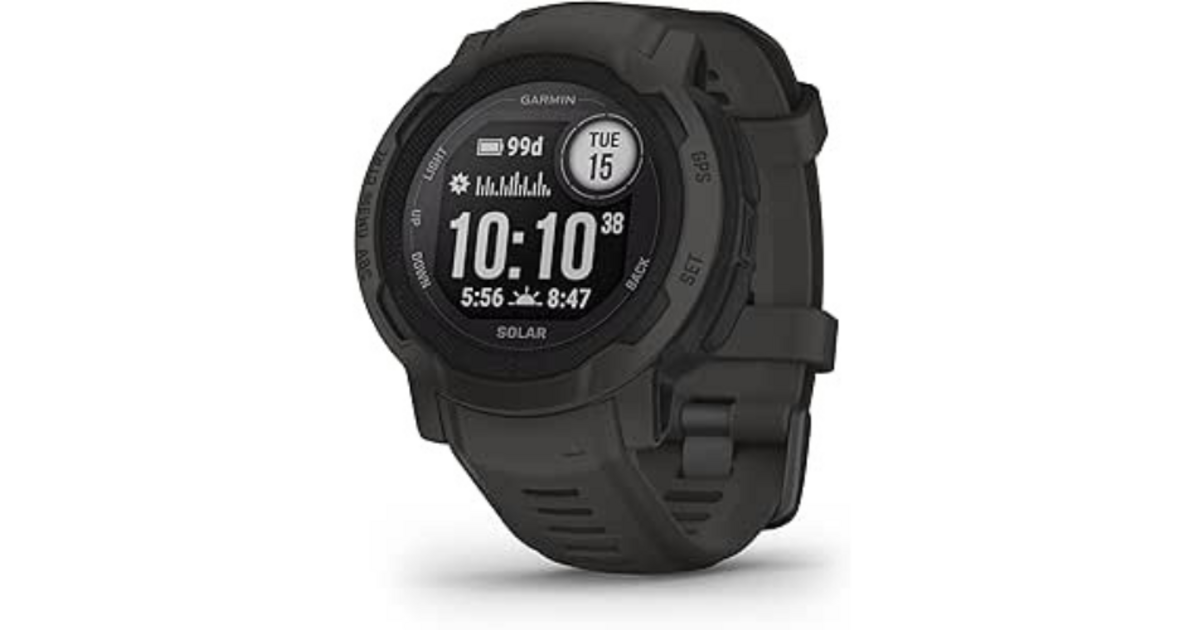FAQ: the questions that I am often asked
What is the difference between a hiking watch and a watch for the vanlife?
The Vanlife watch must be more versatile. A hiking watch can be satisfied with an autonomy of a few days, while in Vanlife, you need at least two weeks. In addition, robustness must be superior because it will be exposed to more extreme situations over a longer period.
Should we favor an analog or digital watch?
For the vanlife, the digital prevails at hand. The analog watches are elegant but sorely lack of essential features such as GPS, altimeter or barometer. If the aesthetics count for you, opt for a hybrid watch, but know that it is a compromise in terms of performance.
How to protect your watch during aquatic activities?
Check the tightness (minimum 100m). For kayaking or swimming, a tight rubber bracelet is enough. For diving, some specific models are necessary. Never forget to rinse your watch with fresh water after contact with salt water.
Is solar recharge really effective?
Absolutely, it is a revolution for nomads. My Garmin Instinct 2 Solar can operate indefinitely in basic mode in good sunshine. In GPS mode, it is much longer than a standard model. I was skeptical at first, but it is today an essential feature for me.
How to manage the different climatic conditions?
For extreme cold, keep the watch under your sleeve for body heat. For heat, nylon bracelets become uncomfortable – favor silicone. In wet environments, regularly check the condition of the seals.
Is it better an Apple Watch or an outdoor dedicated watch?
Without hesitation, an outdoor watch. The Apple Watch is an excellent device in town but its autonomy (1-2 days) is catastrophic for the Vanlife. In addition, its fragility and its dependence on the phone make it little suitable for difficult conditions.
How to maximize the autonomy of my connected watch?
Disable non -essential functions (notifications, continuous monitoring), reduce the screen brightness, use GPS only when necessary and in energy saving mode. On some models, monochrome or “ultratrac” mode can multiply autonomy by 5.
How do I know if my watch is really robust?
Look for military certifications (MIL-STD-810G or similar). Check shock resistance (at least 10m). Experienced user reviews are often better than marketing promises. The G-Shock and some Garmin are recognized for their exceptional robustness.
Which watch to choose with a limited budget (less than 200 €)?
Casio G-Shock DW-5600E (around € 80) offers legendary robustness and basic functions. In connected watches, the Amazfit T-Rex (around € 150) offers good value for money with GPS and good autonomy, but do not expect the same reliability as a garmin.
How to maintain your watch to maximize your lifespan?
Daily cleaning with fresh water, especially after exposure to salt water or mud. Check the seals once a year. Avoid prolonged exposure to the sun when you don’t wear it. Do not recharge it completely each time (70-80% are enough to preserve the battery).
Conclusion: the tool that can change everything
A good watch will not transform your adventure into a vanlife, but a bad can certainly spoil it. Investing in a solid model that will spend the years, will resist the elements and get you out of delicate situations.
After four years of road and several watches tested to the limit, I can say: your watch can be your best ally … or your biggest disappointment when you are far from everything. Choose it with as much care as your van.
